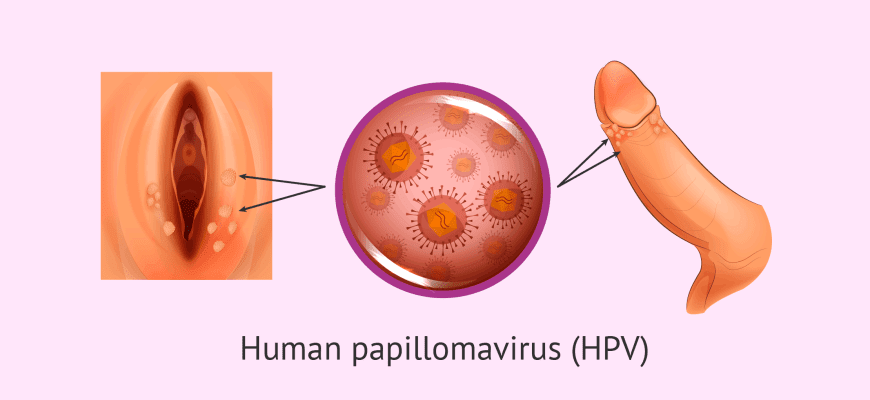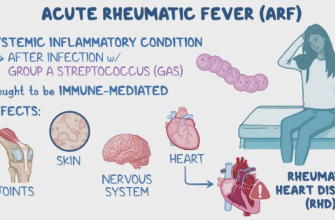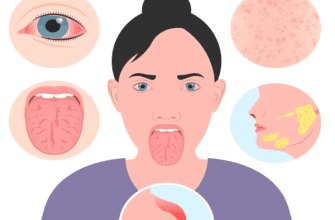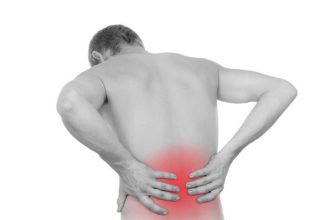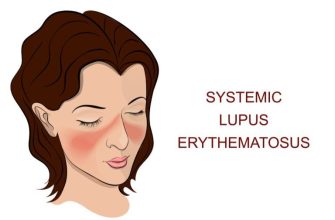Contents
1. Etiology
- Pathogen: DNA virus Human papillomavirus (HPV).
- Types:
- Low-risk (6, 11) – cause genital warts.
- High-risk (16, 18, 31, 33, 45) – lead to cervical/throat/anal cancer.
- Key fact: Can remain asymptomatic for years.
2. Transmission
- Sexual (vaginal, anal, oral sex).
- Skin-to-skin contact (microcuts, shared towels).
- Vertical (mother to child during birth).
Risk factors:
- Early sexual debut.
- Multiple partners.
- Immunodeficiency (HIV, pregnancy).
3. Symptoms
By HPV type:
- Genital warts:
- Flesh-colored growths on genitals/mouth.
- Itching, discomfort.
- Flat warts: On neck, eyelids.
- Cervical dysplasia/cancer:
- Abnormal vaginal bleeding.
- Pain during sex.
Note: 90% of cases show no symptoms!
4. Diagnosis
- Visual exam (for warts).
- Pap test (cell abnormalities).
- Digene test (oncogenic types).
- Colposcopy (if dysplasia suspected).
- PCR (precise typing).
5. Prevention
- Vaccination (Gardasil 9, Cervarix) – best before sexual activity.
- Condoms (70% risk reduction).
- Regular gynecological/urological check-ups.
- Immune support (quit smoking, healthy lifestyle).
6. Treatment
Wart removal:
- Cryotherapy (liquid nitrogen).
- Laser or radiofrequency ablation.
- Topical agents (podophyllotoxin).
For dysplasia:
- Cervical conization (removal of abnormal tissue).
Antiviral drugs:
- Inosine pranobex (immunomodulator).
- Allokin-alpha (for high-risk HPV).
Key point: HPV cannot be cured, but its activity can be controlled.
7. How to Recognize?
Red flags:
- Warts in genital area.
- Postcoital bleeding (women).
- Chronic genital itching.
8. Post-Exposure First Aid
- Within 2 hours:
- Wash genitals with antiseptic.
- Shower with soap.
- After 1–2 months:
- Get HPV PCR test.
- Emergency vaccination (Gardasil) – may reduce infection risk.
9. How to Identify HPV in Others?
Clues:
- Visible warts.
- Recurrent “cervical erosion” (women).
- Genital/anal itching.
But:
- Most carriers have no symptoms!
- Only lab tests confirm HPV.
